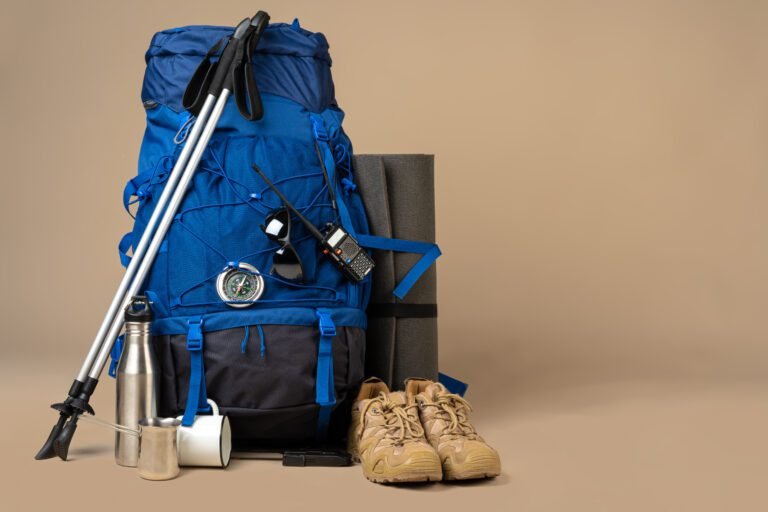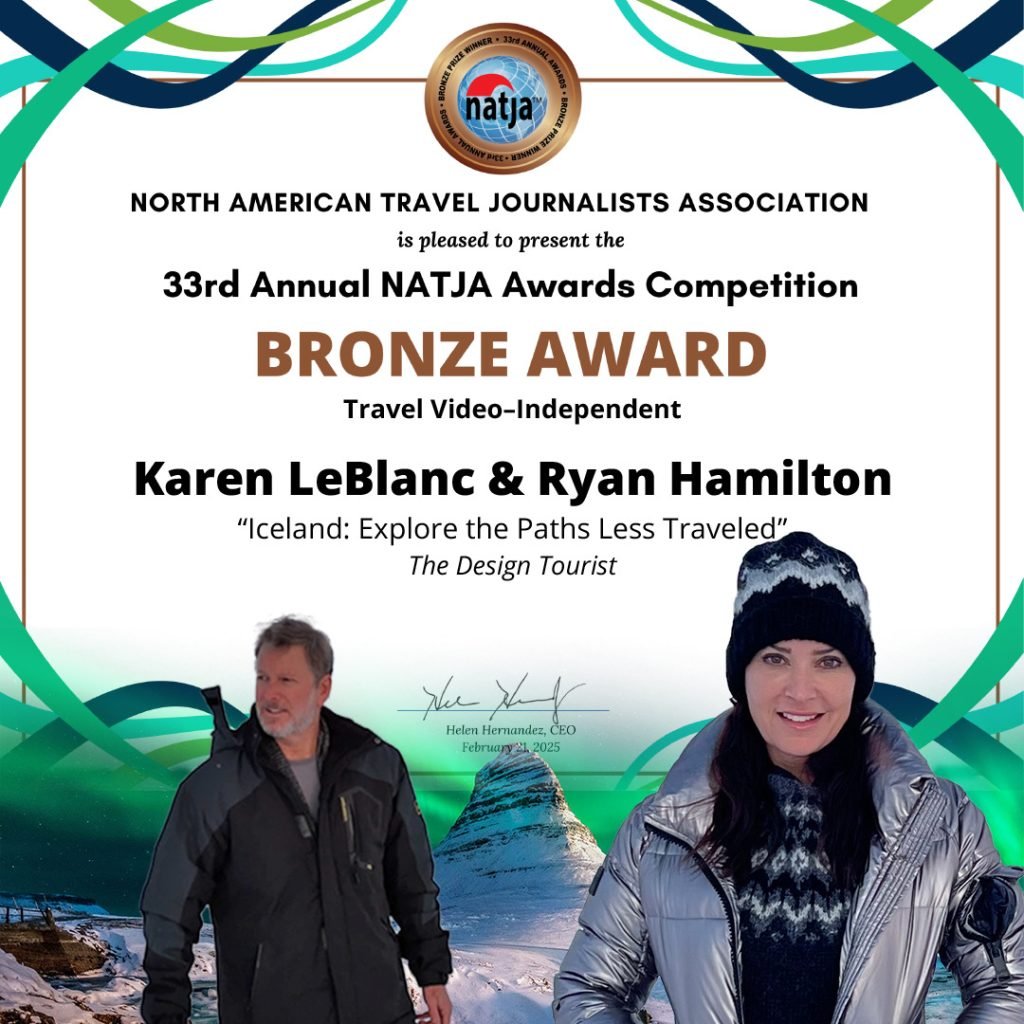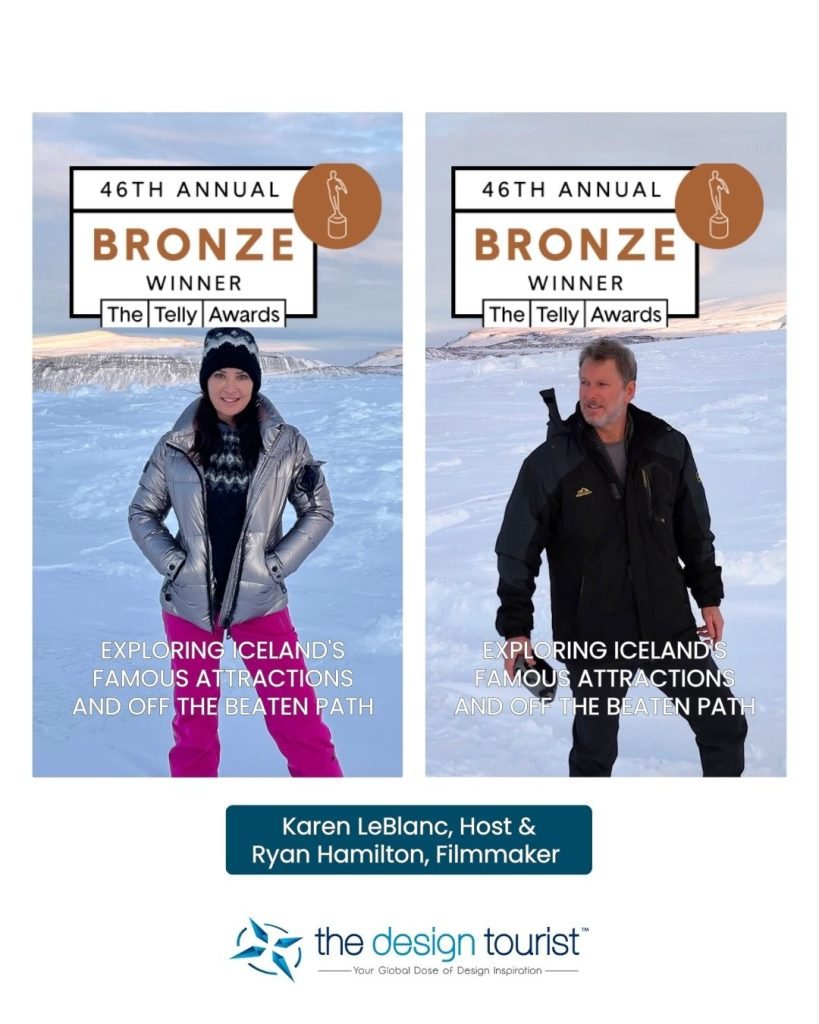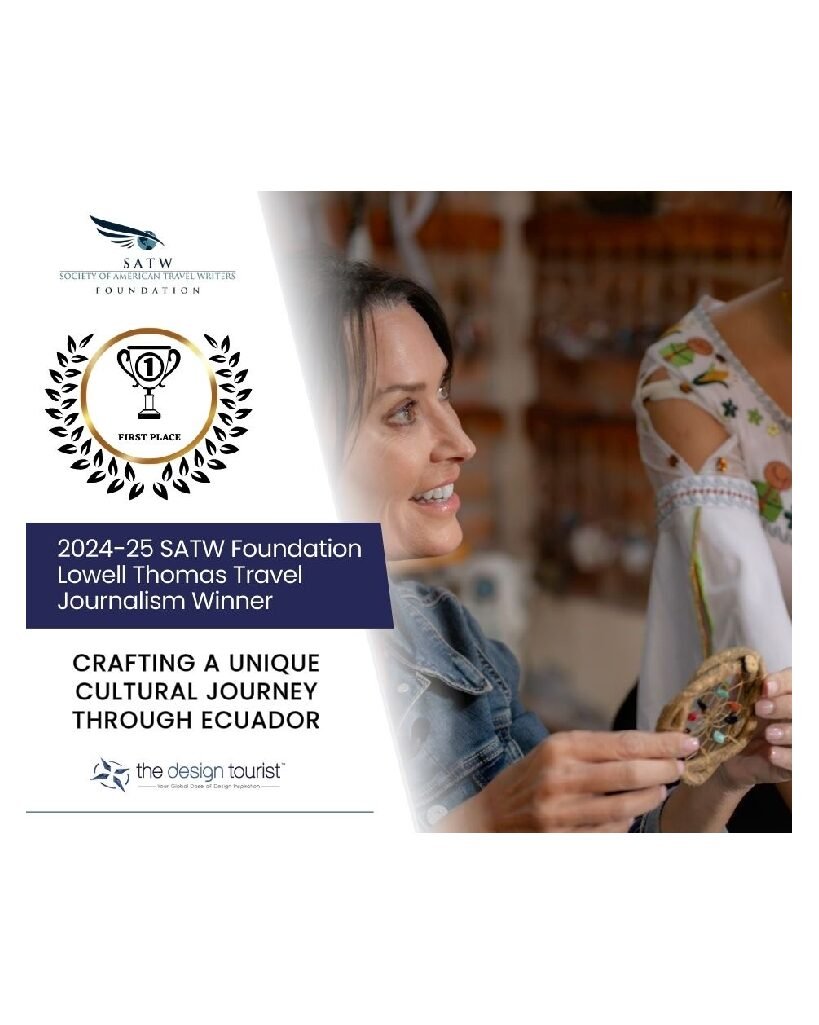By 2025, the travel gear market is defined by converging trends in technology, environmental stewardship, and the philosophy of travel light. More demographics now range from increasingly mobile remote professionals curating co-working tours, to trekkers who insist on zero-carbon excursions, and gear must evolve for every preference and situation.
This guide curates the best travel gear 2025, highlighting key trends in smart luggage 2025, eco-friendly travel gear, minimalist travel gear, and tech-enabled travel accessories. The synthesis is targeted toward interpersonal stages—whether you are finalizing a two-day city break or a career sabbatical—so that the relevance of each feature and its justification are clear.
Smart Luggage 2025: Integrated Intelligence
Intelligent luggage has shifted from a luxury select to a fundamental operand for the frequent traveler. The models most acquired in 2025 treat the suitcase itself as a sensor and a gateway to streamlining processes that conventionally consume time and energy.
High-performance pieces now typically incorporate the following elements:
- Continual GPS mapping: Confers the ability to triangulate the bag at any terminal.
- Multi-port USB power banks: Recharges companion devices in transit.
- Smart weight analytics: Delivers on-device gravitational confirmation to prevent excess fee.
- Unified mobile interface: Mediate commands, alerts, and diagnostics on the traveler’s smartphone.
For regular flyers navigating extensive and frequently changing airport environments—whether business travelers or those simply departing from an unfamiliar terminal—smart luggage 2025 elements can confer significant advantages. Nevertheless, an imperative verification step remains: confirm that all embedded battery systems are both detachable and consistent with current regulatory frameworks governing air transportation.
Sustainable Travel Gear: Eco-Smart Priorities
Sustainable travel initiatives have become a key priority in planning travel itineraries. The contemporary consumer consistently favors eco-friendly travel gear designed to mitigate ecological footprints and to strengthen sustainable supply streams.
Common features of sustainable travel gear in the 2025 market include:
- Composites fabricated from reclaimed HDPE, such as in rPET rucksack systems.
- Multipurpose, refillable containers for travel-sized conditioning liquids.
- Photovoltaic power banks and portable lantern systems at compact benchmarks.
- Biodegradable, compostable wrapping materials that safely decompose.
The compelling rationale for investing in such materials subsumes aesthetic novelty; instead, it channels low-waste, low-carbon-emission commitments that responsible travel demands. In parallel, these advanced eco-friendly travel gear composites frequently outperform traditional heavy-duty systems in durability and lifecycle value.
Minimalist Design: The Travel Light Philosophy
A minimalist expedition ethos is acquiring traction—especially within solo itinerant circles and the growing cohort of digitally nomadic workers. The central tenet is clear: strip superfluous encumbrance, enlarge mobility, and concentrate on gear of highest personal significance.
This approach does not imply sacrifice in quality, but rather intentional, versatile gear that balances compactness with multi-functionality.
Key minimalist travel gear popular in 2025:
- Compression packing cubes that maximize spatial efficiency.
- Versatile garments, such as convertible trousers that double as shorts.
- Hybrid travel bags that easily convert between backpack and messenger bag styles.
- Compact toiletry modules with refillable vessels in a single, organized enclosure.
These lightweight tools perfectly support minimalist travel gear strategies, enabling travelers to avoid checked baggage, adapt swiftly to varied transit modes, and optimize urban or remote lodging.
Intelligently Designed, Tech-Focused Accessories: Practical Innovation
In the contemporary traveler’s experience, technology is a defining force. But the innovations of 2025 go beyond entertainment, instead targeting the resolution of persistent travel problems.
Notable tech-enabled travel accessories include:
- USB-rechargeable, compact water filtration systems designed for clean hydration on the go.
- Universal power adapters with dual USB-C fast-charging support.
- Linguistic interpretation devices that offer real-time audio translation.
- Adaptive noise-canceling headphones and intelligent sleep masks designed to enhance rest during travel.
These tools avoid the realm of novelty and instead offer critical utility, especially in environments where comfort, communication, or hygiene are compromised. Among the most useful tech-enabled travel accessories are those that combine portability with practicality—such as wearable devices, smart locks, or compact sensors that monitor air quality or hydration.
A Tool for Field Observation: The Role of Pocket Microscopes
For educators, researchers, students, or curious explorers, pocket microscopes are now a symbol of learning in motion. These miniature microscope-cameras empower users to examine the micro world without the bulk of lab gear.
One standout model gaining popularity in 2025 is the Littpopo MicroCam X1, a compact, high-performance tool designed specifically for travelers who value discovery and documentation. Whether you’re analyzing plant cells on a mountain trek or capturing close-up images of fossils during a desert hike, the Littpopo MicroCam X1 brings lab-grade functionality to your pocket.
Specifications of these travel-friendly tools typically include:
- Magnification powers up to 400x for scientific observation or micro-photography.
- Multiple viewing modes, switching between naked-eye and magnified vision.
- Integrated memory or microSD slots for capturing stills and video.
- Lightweight, impact-resistant casing for outdoor adventures.
Though not mandatory, pocket microscopes like the Littpopo MicroCam X1 represent a rising trend in which education, curiosity, and immersion merge. This makes them a compelling addition to any kit built with the best travel gear 2025 in mind.
Matching Travel Gear to Your Needs
There is no universal toolkit—the optimal travel gear depends on purpose and priority.
For example:
- Business travelers on short-haul flights benefit from spinner or backpack-style luggage with power banks, tamper-resistant compartments, and device organization cases.
- Eco-conscious travelers should prioritize eco-friendly travel gear such as low-waste, recycled, or biodegradable products to reinforce sustainable practices.
- Mobility-focused travelers, such as backpackers, should favor minimalist travel gear that eases transitions between sites.
- Off-grid adventurers require tech-enabled travel accessories that provide navigation, power, and safety tools in unpredictable environments.
Well-chosen gear aligned with the principles of the best travel gear 2025 ensures comfort, preparedness, and intentionality across all travel scenarios.
Final Considerations
The travel gear landscape of 2025 reflects changes in mobility, habitation, and social engagement. No longer is gear selected for volume or design alone—it must deliver seamless integration, low carbon impact, portability, and technology that is functionally and philosophically sound.
Whether you choose:
- Smart luggage 2025 for convenience,
- Eco-friendly travel gear for environmental stewardship,
- Minimalist travel gear for clarity,
- Or tech-enabled travel accessories for practical advantage—
Each item becomes an extension of purpose and identity. Your gear isn’t just what you carry; it’s how you travel, why you move, and what you value.
Travel in 2025 is defined not by volume carried but by intelligence applied.


































